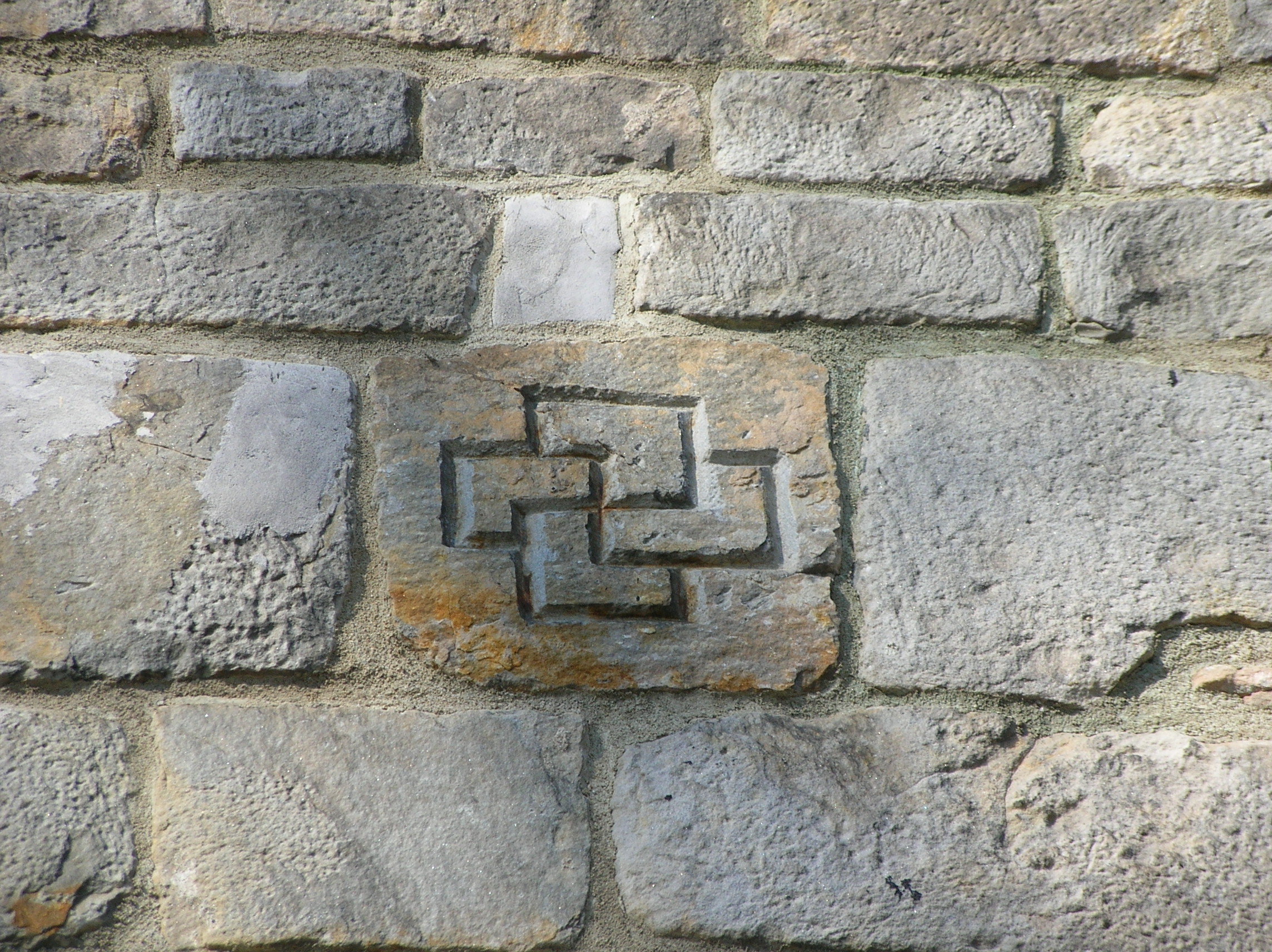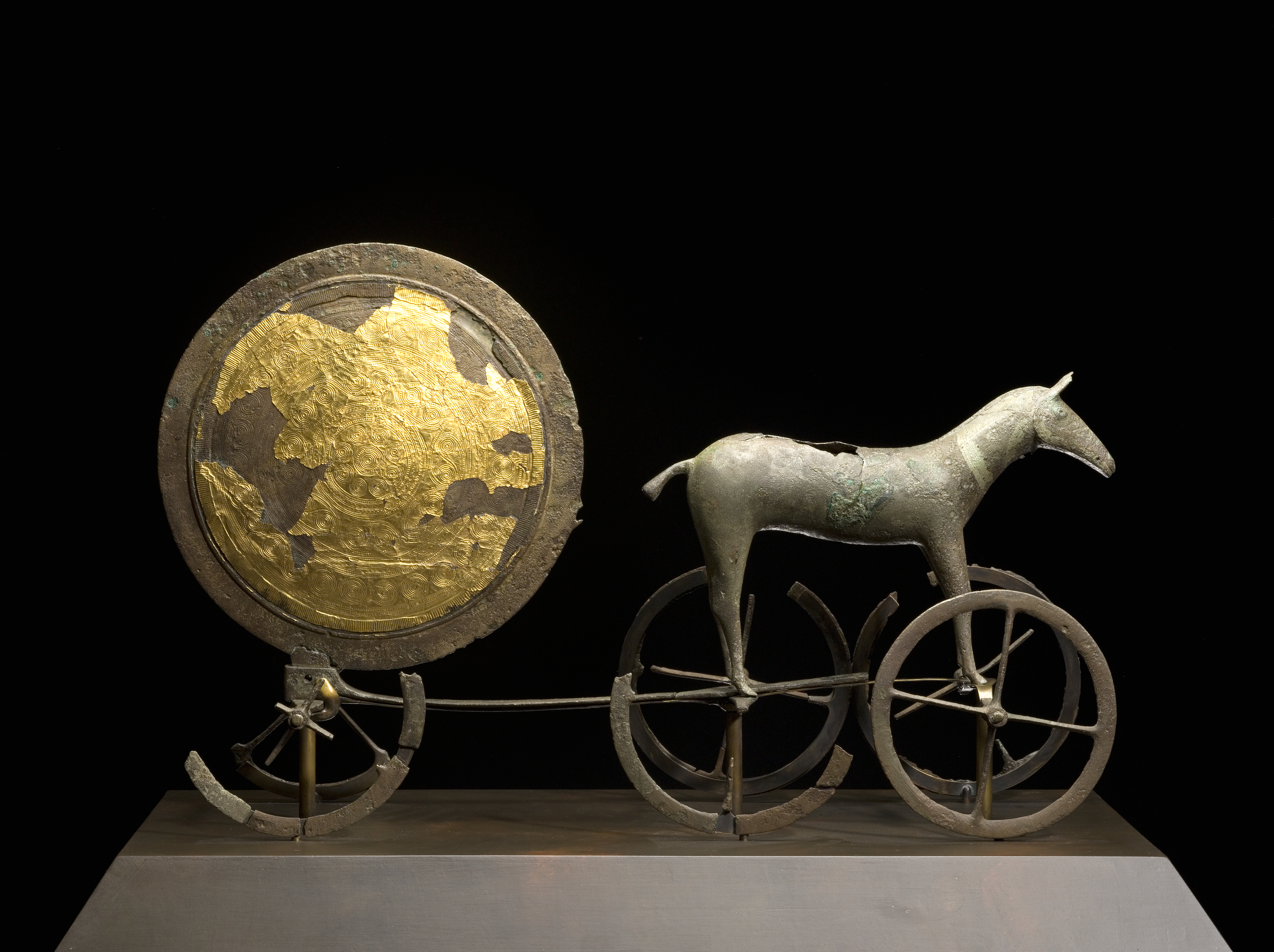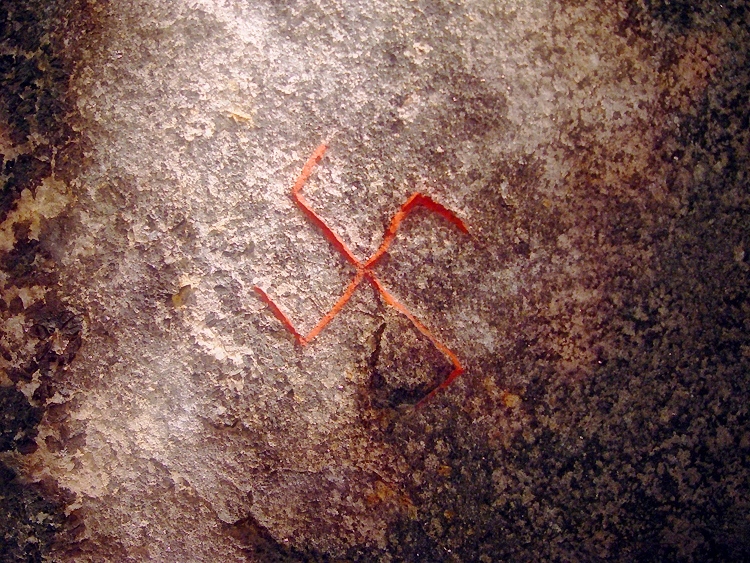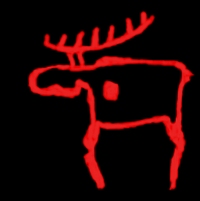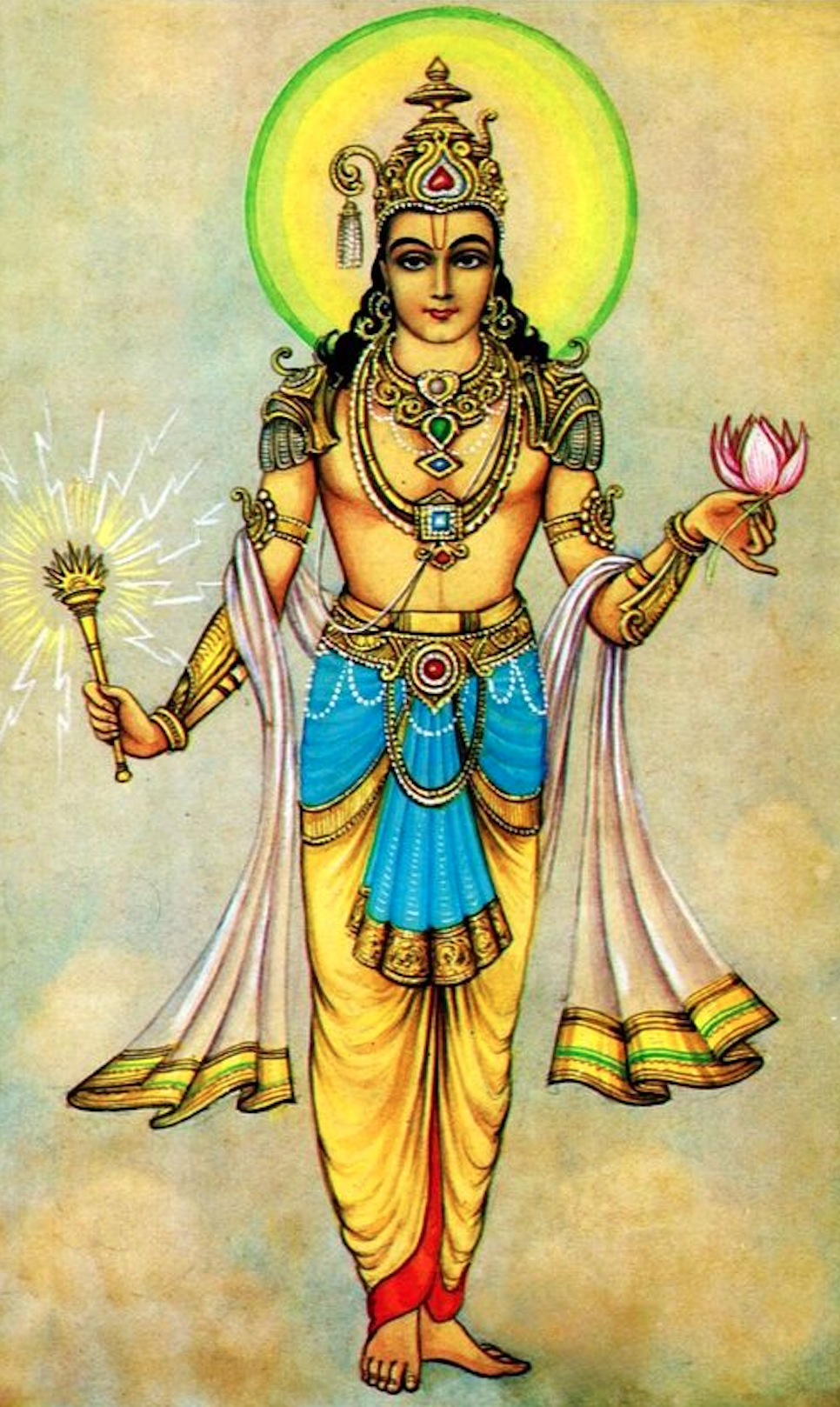|
Tursaansydän
The or (), also called (), is an ancient symbol used in Northern Europe. The symbol originates from prehistoric times. The was believed to bring good luck and protect from curses, and was used as a decorative motif on wooden furniture and buildings in Finland. A brick dating to the 14th or 15th century bearing a tursaansydän motif was found during restorations of the Häme Castle. During the 18th century the simple swastika became more popular in Finnish wood decoration than the more complex . In modern usage Author Ilmari Kianto used the ''tursaansydän'' as his logo. Kianto had found a ''tursaansydän'' carved into his childhood home's granary's door in Suomussalmi. The Slavic Union (Russia), Slavic Union used the ''tursaansydän'' in their logo, before the organization was banned in 2010. The Association of Finnish Culture and Identity, Finnish Alliance approved of the ''tursaansydän'' as their symbol in 1998. See also * Hannunvaakuna * Sun cross * Swastika * Thor's ... [...More Info...] [...Related Items...] OR: [Wikipedia] [Google] [Baidu] |
Sun Cross
A sun cross, solar cross, or wheel cross is a solar symbol consisting of an equilateral cross inside a circle. The design is frequently found in the symbolism of prehistoric cultures, particularly during the Neolithic to Bronze Age periods of European prehistory. The symbol's ubiquity and apparent importance in prehistoric religion have given rise to its interpretation as a solar symbol, whence the modern English term "sun cross" (a calque of ). The symbol means ''village'' in Ancient Egyptian ( Gardiner symbol O49). One of the most famous examples of prehistoric rock carvings in Northern Europe is the sun cross with cup marks at Madsebakke, near Allinge on Bornholm Island, Denmark. These petroglyphs date back to the Bronze Age (c. 1800–500 BCE) and are among the best-preserved in Scandinavia. The big wheel sun cross, carved directly into granite bedrock, is a striking circular motif with radial arms – often interpreted as a solar symbol representing the movement of the sun ... [...More Info...] [...Related Items...] OR: [Wikipedia] [Google] [Baidu] |
Swastika
The swastika (卐 or 卍, ) is a symbol used in various Eurasian religions and cultures, as well as a few Indigenous peoples of Africa, African and Indigenous peoples of the Americas, American cultures. In the Western world, it is widely recognized as a symbol of the German Nazi Party who Cultural appropriation, appropriated it for their party insignia starting in the early 20th century. The appropriation continues with its use by Neo-Nazism, neo-Nazis around the world. The swastika was and continues to be used as a symbol of divinity and spirituality in Indian religions, including Hinduism, Buddhism, and Jainism. It generally takes the form of a cross, the arms of which are of equal length and perpendicular to the adjacent arms, each bent midway at a right angle. The word ''swastika'' comes from , meaning 'conducive to well-being'. In Hinduism, the right-facing symbol (clockwise) () is called , symbolizing ('sun'), prosperity and good luck, while the left-facing symbol ... [...More Info...] [...Related Items...] OR: [Wikipedia] [Google] [Baidu] |
Slavic Union (Russia)
National Socialist Movement "Slavic Union" () was a Russian neo-Nazi organization founded in 1999 by Dmitry Demushkin. In 2010, it was banned by the Moscow City Court. The group's website, in Russian, links to extensive material on Holocaust denial and to works by Adolf Hitler. Its organizational logo was a stylized swastika and the group's initials, "SS" in Russian, are the same as those used by the German Schutzstaffel during World War II. The party was also notorious for promoting a far-right, "Aryan" tradition of Slavic paganism. The organisation was described as ultranationalist and anti-Semitic. History Slavic Union was founded in September 1999 by Dmitry Demushkin. In Autumn 2000, there was a conflict in the leadership of Russian National Unity, as a result of which on 21 September 2000, at a closed plenum of commanders of sixteen regional branches, it was announced that Alexander Barkashov, the founder and leader of the movement, had been expelled from the ranks of Russi ... [...More Info...] [...Related Items...] OR: [Wikipedia] [Google] [Baidu] |
Lapland (Finland)
Lapland is the largest and northernmost region of Finland. The 21 municipalities in the region cooperate in a Regional Council. Lapland borders the Finnish region of North Ostrobothnia in the south. It also borders the Gulf of Bothnia, Norrbotten County in Sweden, Finnmark County and Troms County in Norway, and Murmansk Oblast and the Republic of Karelia in Russia. The topography of Lapland varies from vast mires and forests in the south to fells in the north. The Arctic Circle crosses Lapland, so polar phenomena such as the midnight sun and polar night can be viewed in this region. Lapland's cold and wintry climate, coupled with its relative abundance of conifer trees such as pines and spruces, means that it has become associated with Christmas in some countries, most notably the United Kingdom, and holidays to Lapland are common towards the end of the year. However, the Lapland region has developed its infrastructure for year-round tourism. For example, in 2019, tour ... [...More Info...] [...Related Items...] OR: [Wikipedia] [Google] [Baidu] |
Finnish Mythology
Finnish mythology commonly refers of the folklore of Finnish paganism, of which a Finnish Neopaganism, modern revival is practiced by a small percentage of the Finnish people. It has many shared features with Estonian mythology, Estonian and other Baltic Finns, Finnic mythologies, but also with neighbouring Baltic mythology, Baltic, slavic mythology, Slavic and, to a lesser extent, Norse mythology, Norse mythologies. Finnish mythology survived within an oral tradition of mythical poem-singing and folklore well into the 19th century. Of the animals, the most sacred was the bear, whose real name was never uttered out loud, which was thought to be unfavorable to the hunt. The bear ("karhu" in Finnish) was seen as the embodiment of the forefathers, and for this reason it was called by many circumlocutions: ''mesikämmen'' ("mead-paw"), ''otso'' ("browed one"), ''kontio'' ("dweller of the land"), ''metsän kultaomena'' ("the golden apple of the forest"). It was not strictly seen as a ... [...More Info...] [...Related Items...] OR: [Wikipedia] [Google] [Baidu] |
Culture Of Finland
The culture of Finland combines indigenous heritage, as represented for example by the country's Languages of Finland, national languages Finnish language, Finnish (a Uralic languages, Uralic language) and Swedish language, Swedish (a Germanic languages, Germanic language), and the Finnish sauna, sauna, with common Nordic countries, Nordic and Culture of Europe, European cultural aspects. Because of its history and geographic location, Finland has been influenced by the adjacent areas, various Baltic Finns, Finnic and Balts, Baltic peoples as well as the former dominant powers of Sweden and Russia. Finnish culture is built upon the relatively ascetic environmental realities, traditional livelihoods, and heritage of egalitarianism (e.g. Everyman's right, universal suffrage) and the traditionally widespread ideal of self-sufficiency (e.g. predominantly rural lifestyles and modern summer cottages). There are cultural differences among the various regions of Finland, especially min ... [...More Info...] [...Related Items...] OR: [Wikipedia] [Google] [Baidu] |
Cross Symbols
A cross is a religious symbol consisting of two intersecting lines, usually perpendicular to each other. The lines usually run vertically and horizontally. A cross of oblique lines, in the shape of the Latin letter X, is termed a saltire in heraldic terminology. The cross shape has been widely officially recognized as an absolute and exclusive religious symbol of Christianity from an early period in that religion's history.''Christianity: an introduction'' by Alister E. McGrath 2006 pages 321-323 Before then, it was used as a religious or cultural symbol throughout , in |
Valknut
The valknut is a symbol consisting of three interlocked triangles forming subliminal triskelion at its center. It appears on a variety of objects from the archaeological record of the ancient Germanic peoples. The term ''valknut'' is a modern development; it is not known what term or terms were used to refer to the symbol historically. Scholars have proposed a variety of explanations for the symbol, sometimes associating it with the god Odin, and it has been compared to the three-horned symbol found on the 9th-century Snoldelev Stone, to which it may be related.Simek (2007:163). Archaeological record The valknut appears on a wide variety of objects found in areas inhabited by the Germanic peoples. The symbol is prominently featured on the Nene River Ring, an Anglo-Saxon gold finger ring dated to around the 8th to 9th centuries.The British Museum Online"finger-ring" A wooden bed in the Viking Age Oseberg Ship buried near Tønsberg, Norway, features a carving of the symbo ... [...More Info...] [...Related Items...] OR: [Wikipedia] [Google] [Baidu] |
Vajra
The Vajra (, , ), is a legendary and ritualistic tool, symbolizing the properties of a diamond (indestructibility) and a thunderbolt (irresistible force). It is also described as a "ritual weapon". The use of the bell and vajra together as symbolic and ritual tools is found in all schools of Tibetan Buddhism. The vajra is a round, symmetrical metal scepter with two ribbed spherical heads. The ribs may meet in a ball-shaped top, or they may be separate and end in sharp points. The vajra is considered inseparable from the bell, and both are sold in dharma stores only in matching sets. The bell is also metal with a ribbed spherical head. The bell also depicts the face of Dhatvisvari, a female buddha and the consort of Akshobhya. The vajra has also been associated as the weapon of Indra, the Vedic king of the Deva (Hinduism), devas and Svarga, heaven. It is used symbolically by the dharma, dharmic traditions of Hinduism, Buddhism, and Jainism, often to represent firmness of spir ... [...More Info...] [...Related Items...] OR: [Wikipedia] [Google] [Baidu] |
Ukonvasara
Ukonvasara, or Ukonkirves, is the symbol and magical weapon of the Finnish thunder god Ukko, similar to Thor's Mjölnir. Ukonvasara means 'hammer of Ukko'; similarly, Ukonkirves means 'axe of Ukko'. It was said that Ukko created lightning with Ukonvasara. Ukko's hammer was probably originally a boat-shaped stone axe. When stone tools were abandoned with the advent of metalworking, the origins of stone weapons became a mystery. Stone axes, so-called thunderstones (''ukonvaaja'' in Finnish), were found in the ground, especially after drenching rains washed away dirt. They were believed to be weapons of Ukko, stone heads of the striking lightning. Shamans collected and held stone-axes because they were believed to hold the power to both heal and damage. Followers of modern Finnish paganism sometimes carry hammer or axe pendants around their necks, much like Christians sometimes wear crosses. Etymology According to Asko Parpola, the Proto-West-Uralic ''*vaśara'', originally ... [...More Info...] [...Related Items...] OR: [Wikipedia] [Google] [Baidu] |
Thunderbolt
A thunderbolt or lightning bolt is a symbolic representation of lightning when accompanied by a loud thunderclap. In Indo-European mythology, the thunderbolt was identified with the 'Sky Father'; this association is also found in later Hellenic representations of Zeus and Vedic descriptions of the ''vajra'' wielded by the god Indra. It may have been a symbol of cosmic order, as expressed in the fragment from Heraclitus describing "the Thunderbolt that steers the course of all things". In its original usage the word may also have been a description of the consequences of a close approach between two planetary cosmic bodies, as Plato suggested in '' Timaeus'', or, according to Victor Clube, meteors, though this is not currently the case. As a divine manifestation the thunderbolt has been a powerful symbol throughout history, and has appeared in many mythologies. Drawing from this powerful association, the thunderbolt is often found in military symbolism and semiotic represen ... [...More Info...] [...Related Items...] OR: [Wikipedia] [Google] [Baidu] |
Thor's Hammer
Thor (from ) is a prominent god in Germanic paganism. In Norse mythology, he is a hammer-wielding god associated with lightning, thunder, storms, sacred groves and trees, strength, the protection of humankind, hallowing, and fertility. Besides Old Norse , the deity occurs in Old English as , in Old Frisian as ', in Old Saxon as ', and in Old High German as , all ultimately stemming from the Proto-Germanic theonym , meaning 'Thunder'. Thor is a prominently mentioned god throughout the recorded history of the Germanic peoples, from the Roman occupation of regions of , to the Germanic expansions of the Migration Period, to his high popularity during the Viking Age, when, in the face of the process of the Christianization of Scandinavia, emblems of his hammer, , were worn and Norse pagan personal names containing the name of the god bear witness to his popularity. Narratives featuring Thor are most prominently attested in Old Norse, where Thor appears throughout Norse mythology ... [...More Info...] [...Related Items...] OR: [Wikipedia] [Google] [Baidu] |
